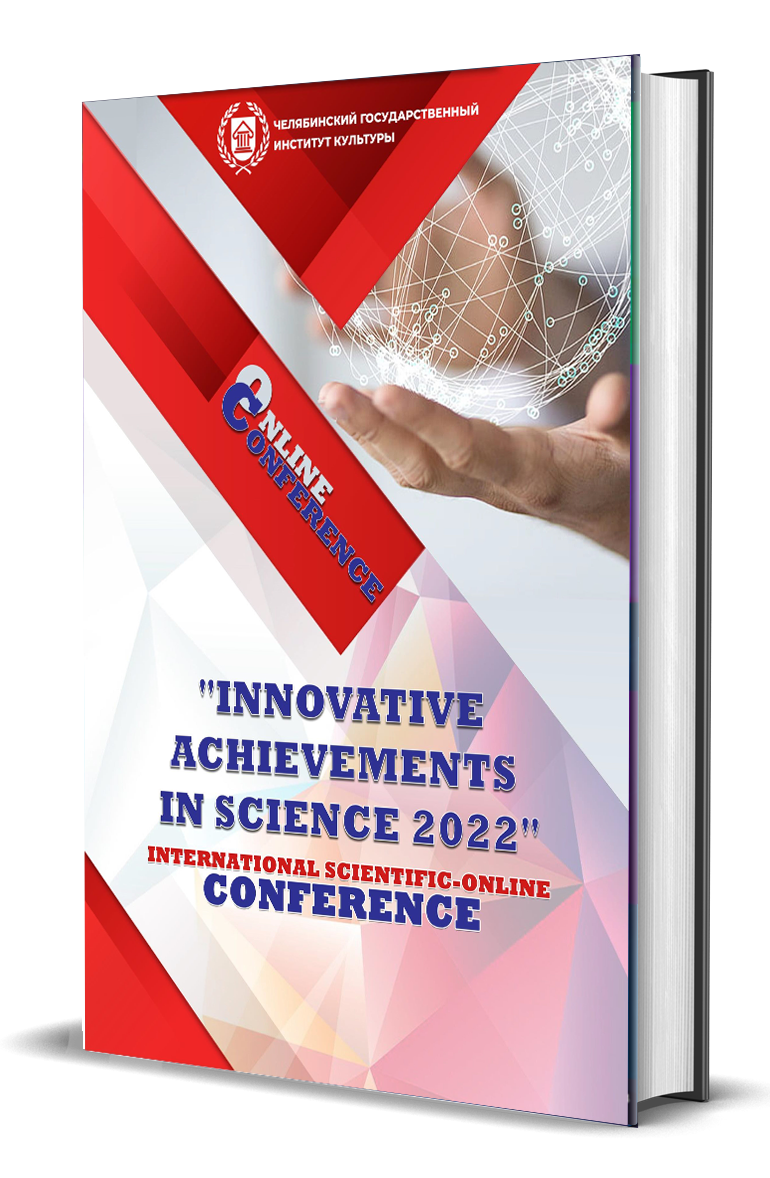MULTILINGUAL MINDS: UNRAVELING THE WONDERS OF BILINGUAL BRAIN FUNCTION
Keywords:
multilingual minds, bilingual brain function, cognitive advantages, neural adaptations, socio-cognitive implications, linguistic diversity, executive functions, language processing, language networks, neuroimaging, bilingual advantage, cross-cultural communication, global perspective, language dominance, cognitive load, individual differences, plasticity, adaptability, multilingualism.Abstract
This article explores the multifaceted realm of multilingual minds, unraveling the cognitive intricacies and neural adaptations associated with bilingual brain function. As the global landscape continues to emphasize linguistic diversity, understanding the cognitive advantages of multilingualism becomes increasingly relevant. Drawing on an extensive review of empirical studies, this work elucidates the novel insights into executive functions, neural plasticity, and socio-cognitive implications that distinguish bilingual individuals. The article navigates the nuanced landscape of language processing, shedding light on the dynamic interplay within the bilingual brain. Moreover, the socio-cognitive advantages of multilingualism, such as enhanced cross-cultural communication skills and a global perspective, underscore the broader societal relevance of this research. In a world where linguistic diversity is both a challenge and an asset, this article contributes a timely synthesis of the latest findings, emphasizing the need for a comprehensive understanding of the multilingual mind.
References
Abutalebi, J., & Green, D. W. (2007). Bilingual language production: The neurocognition of language representation and control. Journal of Neurolinguistics, 20(3), 242-275.
Abutalebi, J., Della Rosa, P. A., Green, D. W., Hernandez, M., Scifo, P., Keim, R., ... & Costa, A. (2012). Bilingualism tunes the anterior cingulate cortex for conflict monitoring. Cerebral Cortex, 22(9), 2076-2086.
Bialystok, E. (2001). Bilingualism in development: Language, literacy, and cognition. Cambridge University Press.
Bialystok, E., Craik, F. I., & Freedman, M. (2007). Bilingualism as a protection against the onset of symptoms of dementia. Neuropsychologia, 45(2), 459-464.
Bialystok, E., & Viswanathan, M. (2009). Components of executive control with advantages for bilingual children in two cultures. Cognition, 112(3), 494-500.
Cummins, J. (2008). BICS and CALP: Empirical and theoretical status of the distinction. In B. Street & N. H. Hornberger (Eds.), Encyclopedia of language and education (Vol. 2, pp. 71-83). Springer.
DeLuca, V., Rothman, J., & Pliatsikas, C. (2019). Linguistic immersion and structural effects on the bilingual brain: A longitudinal study. Bilingualism: Language and Cognition, 22(6), 1160-1175.
Dewaele, J. M., Chen, X., Padilla, A. M., & Lake, J. (2019). The flowering of positive psychology in foreign language teaching and acquisition research. Frontiers in Psychology, 10, 2128.
Fan, S. P., Liberman, Z., Keysar, B., & Kinzler, K. D. (2015). The exposure advantage: Early exposure to a multilingual environment promotes effective communication. Psychological Science, 26(7), 1090-1097.
Grosjean, F. (2010). Bilingual: Life and reality. Harvard University Press.
Grosjean, F. (2016). Can bilingualism survive globalization? In J. W. Tollefson & A. Tsui (Eds.), Language policy, culture, and identity in Asian contexts (pp. 185-200). Routledge.
Grosjean, F. (2017). Bilingual: Life and reality (2nd ed.). Oxford University Press.
Kroll, J. F., & Bialystok, E. (2013). Understanding the consequences of bilingualism for language processing and cognition. Journal of Cognitive Psychology, 25(5), 497-514.
Luk, G., Bialystok, E., Craik, F. I., & Grady, C. L. (2011). Lifelong bilingualism maintains white matter integrity in older adults. Journal of Neuroscience, 31(46), 16808-16813.
Mechelli, A., Crinion, J. T., Noppeney, U., O'Doherty, J., Ashburner, J., Frackowiak, R. S., & Price, C. J. (2004). Structural plasticity in the bilingual brain. Nature, 431(7010), 757.
Pliatsikas, C., DeLuca, V., Moschopoulou, E., & Saddy, J. D. (2017). Immersive bilingualism reshapes the core of the brain. Brain Structure and Function, 222(4), 1785-1795.
Rodriguez-Fornells, A., van der Lugt, A., Rotte, M., Britti, B., Heinze, H. J., & Munte, T. F. (2005). Second language interferes with word production in fluent bilinguals: Brain potential and functional imaging evidence. Journal of Cognitive Neuroscience, 17(3), 422-433.
Wei, L. (2018). Multilingualism in the Chinese diaspora worldwide: Transnational connections and local social realities. Routledge.





